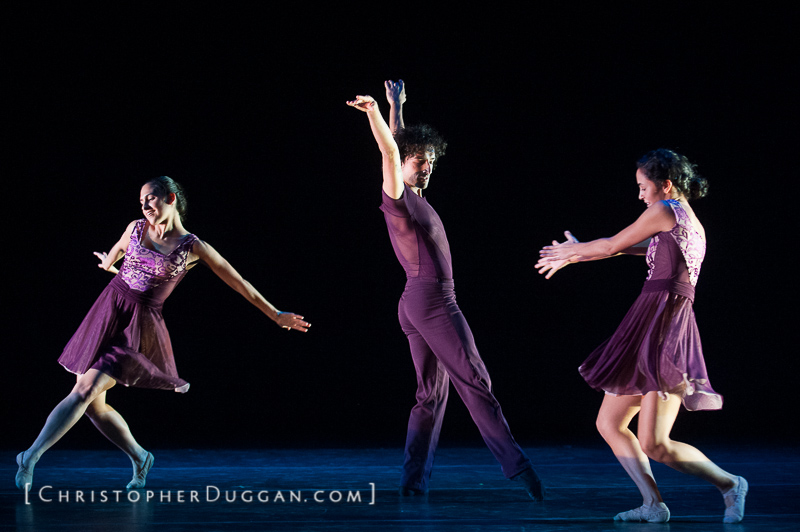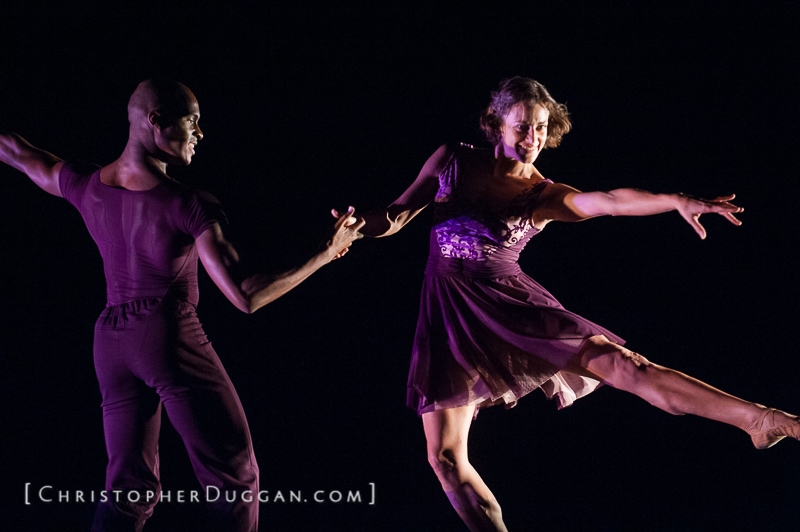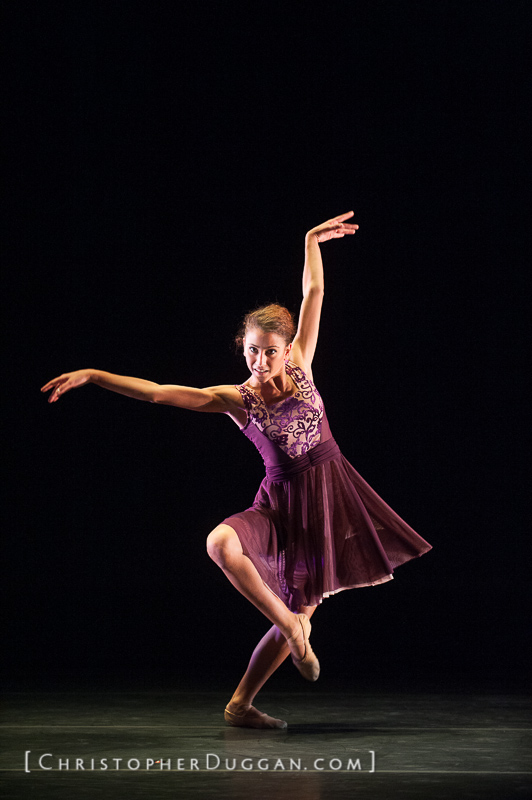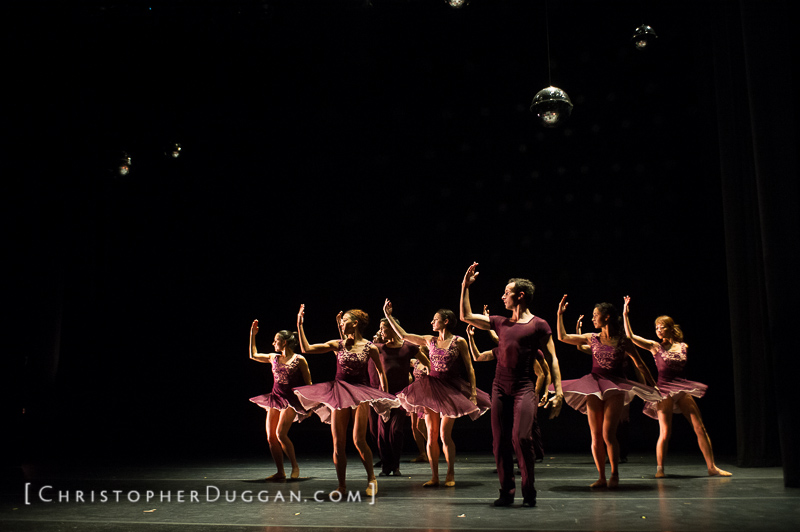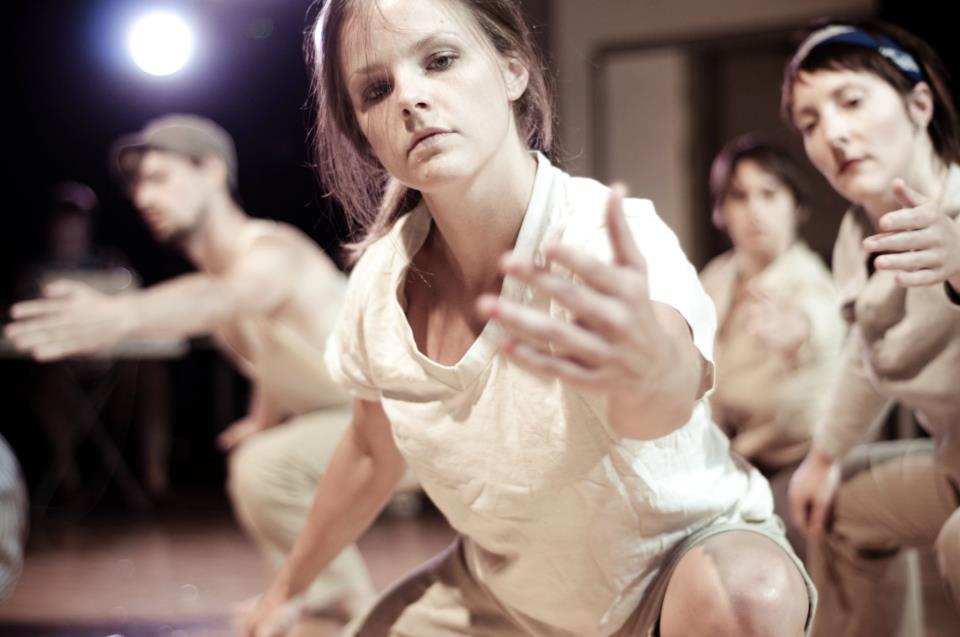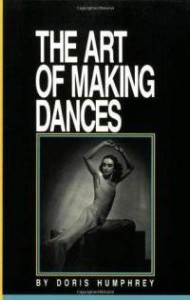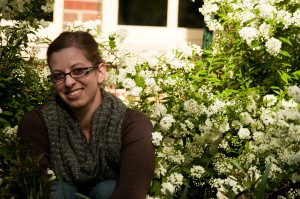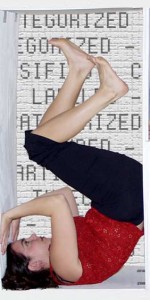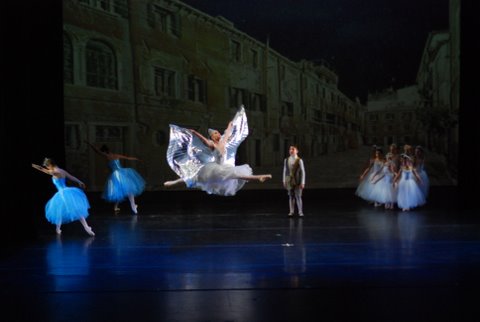by Christopher Duggan
One of my very first jobs in New York City was working at the box office at The Joyce Theater. Ballet Hispanico performed that season. The company danced Good Night Paradise by Ramon Oller, and I was totally taken away. It swept me off my feet.
It brings tears to my eyes thinking about it now, because that’s when I really fell in love with dance. There was something so sexy and romantic and ordinary at the same time. The dance showed that human connection you make when you bump into each other in the kitchen—when you’re going for a napkin and the other person is throwing away the coffee grinds. There’s something that dance does that no other art can. I stood in the back of the audience every night to watch.
And now I have the privilege of capturing some of the magic in dance through photography. Here are some photos from Ballet Hispanico’s recent New York premiere of Danzón, choreographed by Artistic Director Eduardo Vilaro at The Apollo Theater, performed with live music by the Paquito D’Rivera Ensemble. (Danzón was originally created on Luna Negra, a company I photographed at the Pillow last summer.)





